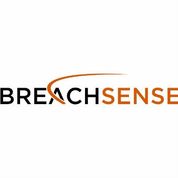Privacy1 is a New SaaS Software. Privacy1 offers Data Mapping, Policy Management, Information Governance, DPIA and many more functionalities.
Some top alternatives to Privacy1 includes AppOmni, Qualified, Securiti, DataGrail and bePrivacy.
No, Privacy1 doesn't provide API.
No, Privacy1 doesn't provide mobile app.
Privacy1 is located in Stockholm, Sweden
Privacy1 offers Quotation Based pricing model
The starting price is not disclosed by Privacy1. You can visit Privacy1 pricing page to get the latest pricing.













